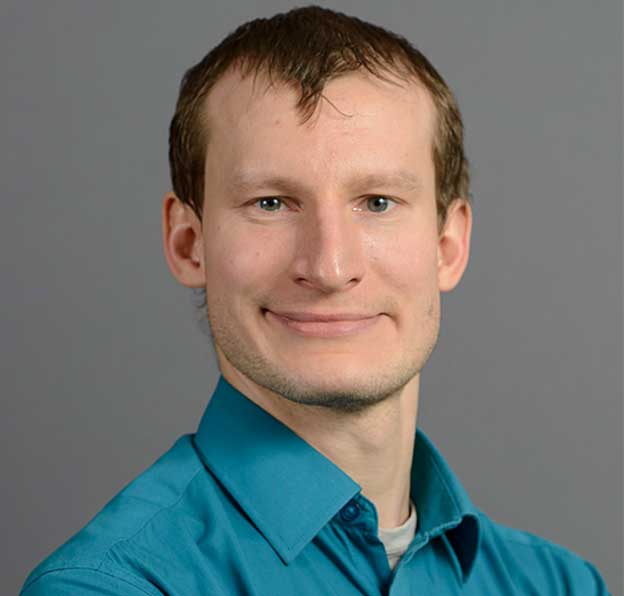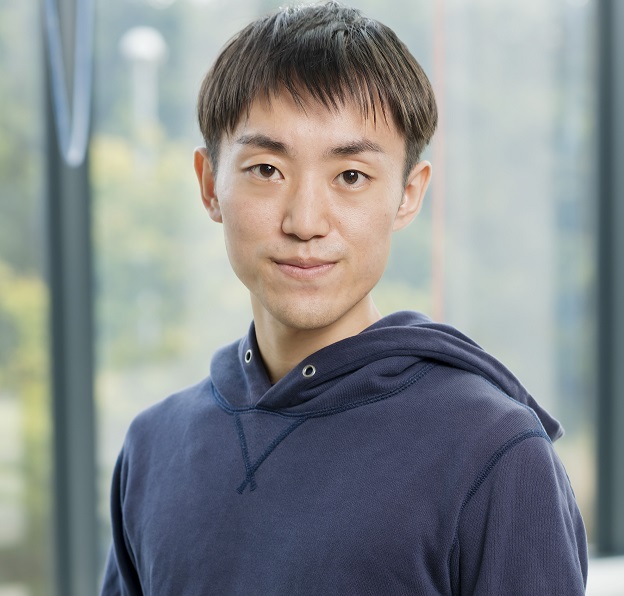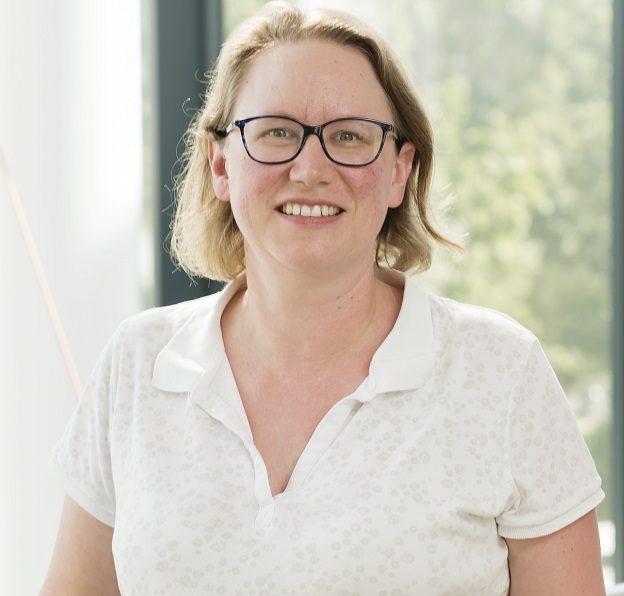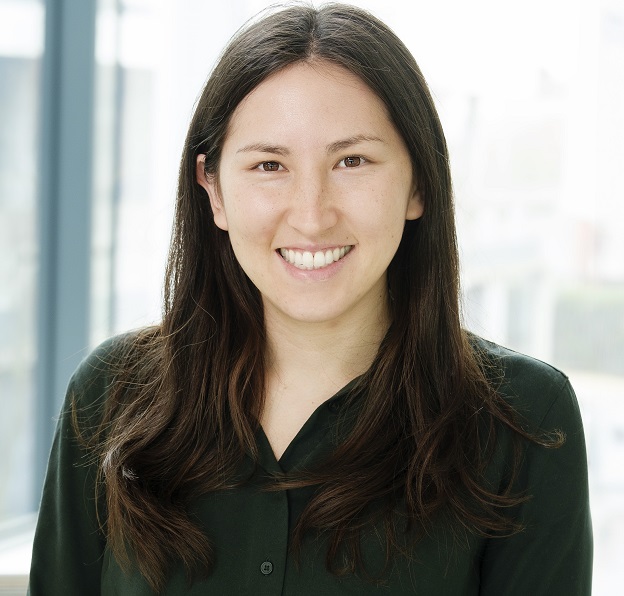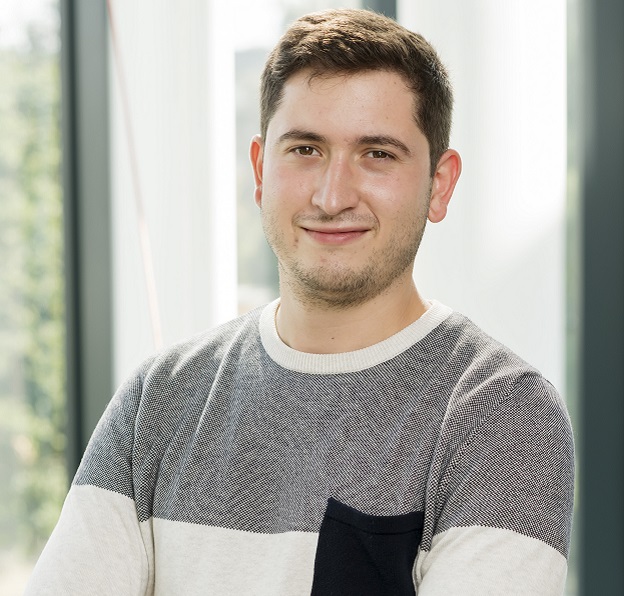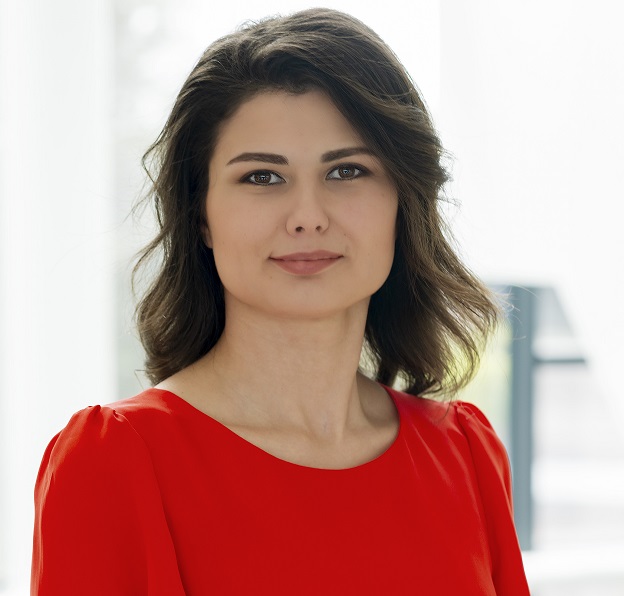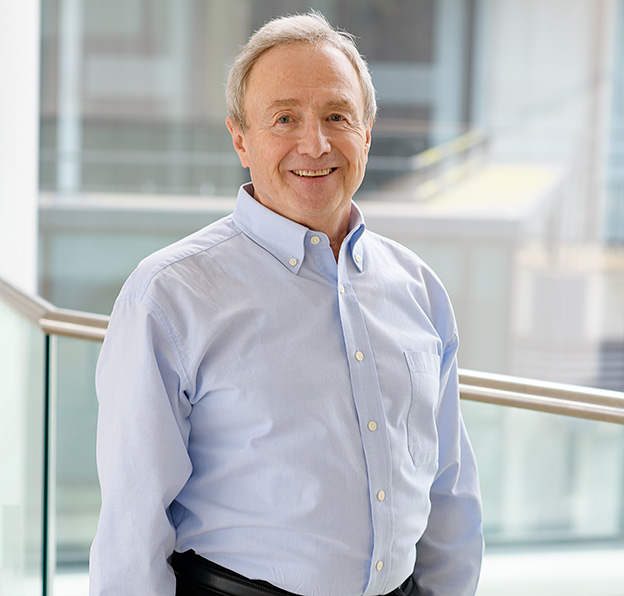
About the Group
What We Do
Boris Kholodenko is SFI Stokes Professor of Systems Biology at Systems Biology Ireland and UCD Conway Institute. Kholodenko is the author of more than 220 publications onspatio-temporal dynamics and control analysis of cellular signalling and metabolic networks and is a founding chairman of the International Consortium on Systems Biology of Receptor Tyrosine Kinase Regulatory Networks. He is widely recognised as a leader in the field of Systems Biology and predictive models of cellular functions and his work is been highly influential in shaping the field of systems biology as it is known today.
Kholodenko graduated with a Ph.D. in Biophysics from the Moscow Institute of Physics and Technology, Russia. He was then invited to work in the laboratory of Anatol M. Zhabotinsky, known for his studies of the Belousov-Zhabotinsky reaction. Afterwards, Kholodenko worked at the Moscow State University, where he has made crucial contributions to metabolic control analysis, such as the development of the control analysis of cellular systems involving direct enzyme-enzyme interactions, restricted diffusion and information transfer. Because of his unique combination of expertise in biochemistry, physical chemistry and mathematics, Kholodenko was invited to the Free University of Amsterdam, the Netherlands, by Hans Westerhoff. In 1997, Kholodenko joined the faculty of Thomas Jefferson University, where his group along with Dr. Jan Hoek and others developed the first systems biology model of the Epidermal Growth Factor Receptor signalling pathway. In 2009, he moved to Dublin to organise together with Prof Kolch, Systems Biology Ireland at UCD.
Key Research Highlights
- Developed cell State Transition Assessment and Regulation (cSTAR), an approach to map cell states, model transitions between them, and predict targeted interventions that convert cell fate decisions (Rukhlenko et al, Control of cell state transitions, Nature, 2022, doi.org/10.1038/s41586-022-05194-y).
- Demonstrated topological network features that result in perfect adaptation or overshoot of the output signalling following drug treatments (Kholodenko et al, Cell Reports 2021, 35, 109157).
- Discovered the minimal, autonomous biochemical machinery of periodic, propagating GTPase waves, which is necessary and sufficient for the dynamic coordination between the leading and trailing edge of migrating cells (Bolado-Carrancio et al, eLife, 2020).
- Pioneered thermodynamic and protein structure-based dynamic models of allosteric interactions of conformation-specific inhibitors with kinase monomers and dimers that facilitates the finding of best drug combinations. (Rukhlenko et al, Cell Syst. 2018).
- Proof-of-concept demonstration that experimentally validated signalling network models can serve as information-rich biomarkers for personalised patient stratification (Fey et al, Sci Sign 8, ra130, 2015).
- Showed that drug resistance emerges from kinase dimerization, which is an obligatory step in the physiological and oncogenic activation of numerous kinases (Kholodenko B.N. Cell reports, 2015, 12:1939). Predicted that two inhibitors against the same kinase, while ineffective on their own, can abolish resistance when combined.
- Pioneered network modelling that related cytoplasmic signalling with the expression of immediate early genes (Nakakuki et al, Cell 141:884, 2010, Kholodenko et al, Nat Rev Mol Cell Biol. 11:414, 2010).
- Developed Modular Response Analysis that can unravel interaction “maps” in signalling and gene networks from perturbation responses (Kholodenko et al, PNAS 2002, 20:12841).
- Demonstrated that bistability can arise from multisite phosphorylation (Markevich et al, J Cell Biol. 164:353, 2004, 532 citations). This work introduced novel paradigm that multisite covalent modification can induce bistable switches, motivating a large number of theoretical and experimental studies.
- Predicted that ultrasensitivity and negative feedback in Mitogen Activated Protein Kinase cascades can bring about sustained oscillations, which were later observed experimentally (Kholodenko B.N. Europ. J. Biochem, 267:1583, 2000).
- Predicted the existence of intracellular spatial gradients of signalling protein activities, which later were discovered experimentally (Brown & Kholodenko, FEBS Lett, 457:452, 1999; Kholodenko, B.N. Nat Rev Mol Cell Biol. 2006, 7:165).
- Pioneered a combined experimental and computational (based on the chemical kinetic equation theory) approach to the analysis of signal transduction networks and developed the first data-driven, mechanistic model of the Epidermal Growth Factor Receptor signalling pathway (Kholodenko et al J Biol Chem, 274:30169, 1999).
- Pioneered Metabolic Control Analysis of cellular systems with enzyme and substrate sequestration, variable system volume, protein-protein interactions, restricted diffusion and direct transfer of metabolites (Kholodenko & Westerhoff, FEBS Lett. 1993, 320:71).
